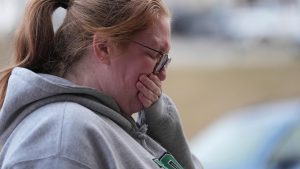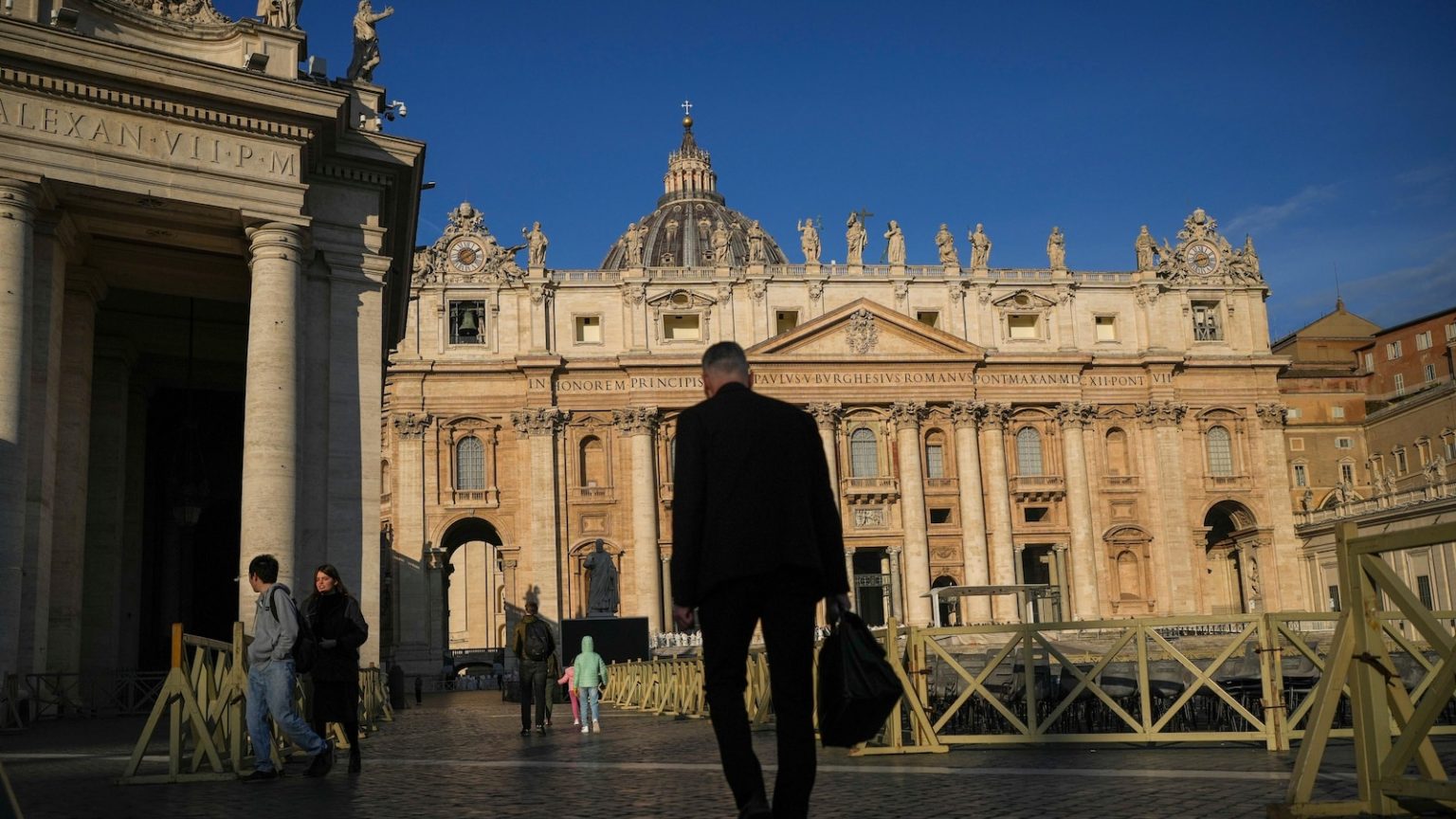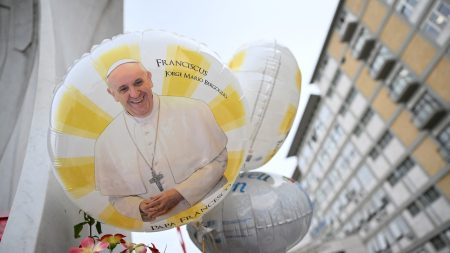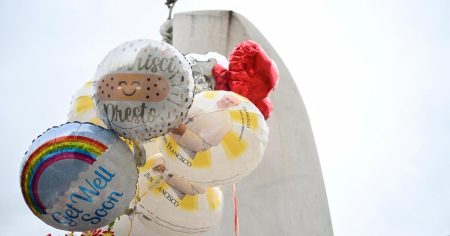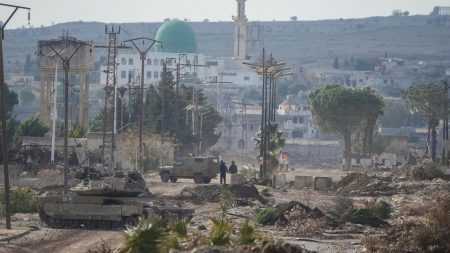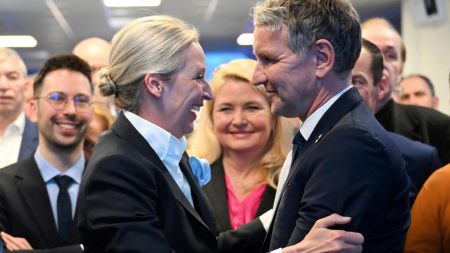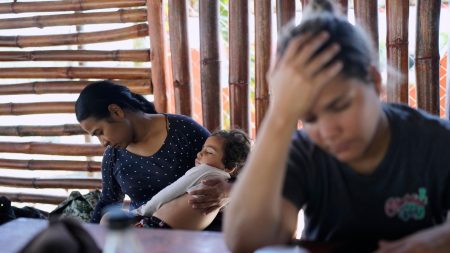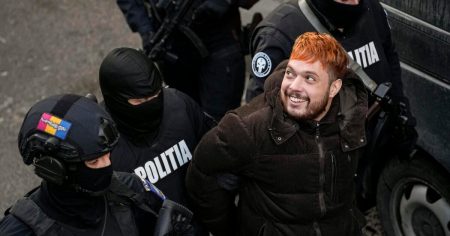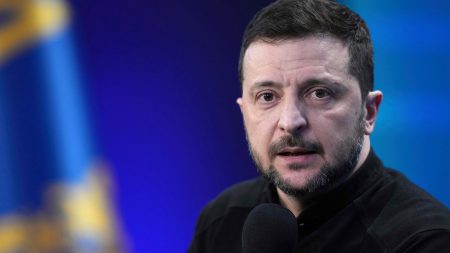The Vatican’s Papal Transition Laws and Pope Francis’ Current Health Crisis
The Vatican is known for its meticulous laws and rituals when it comes to the transfer of power within the Catholic Church, particularly when a pope dies or resigns. However, there is no clear guidance or established norms for a scenario where the pope becomes severely incapacitated due to illness or other conditions. This legal and procedural gap has sparked significant discussion, especially in light of Pope Francis’ recent hospitalization. Since March 13, 2013, Francis has been the 266th pope, serving as the spiritual leader of the global Catholic Church. Despite his critical condition, Francis remains in charge, and his status as pope has not changed. The Vatican has emphasized that he continues to hold his full authority, even as he undergoes treatment for a serious lung infection.
On February 14, Pope Francis was hospitalized due to a complex respiratory infection that required high flows of oxygen to assist his breathing. His condition has been described as critical but stable, with the Vatican reporting that he rested well after a peaceful night following a prolonged respiratory crisis. As his hospital stay approaches its 10th day, speculation has grown about whether Francis might choose to resign, as Pope Benedict XVI did in 2013, should his health prevent him from fulfilling his duties. This situation has reignited debates about the exercise of papal power, its transfer, and the circumstances under which it might be deemed necessary to relinquish authority.
The Vatican’s Governmental Structure and Day-to-Day Operations
While Pope Francis is the supreme leader of the Catholic Church, he delegates the day-to-day governance of the Vatican and the church to a team of high-ranking officials. Chief among them is Cardinal Pietro Parolin, the Secretary of State, who oversees the administrative and diplomatic functions of the Holy See. Even during Francis’ hospitalization, the Vatican has operated smoothly, with officials like Cardinal Parolin ensuring continuity in leadership. For instance, when Francis was hospitalized, Parolin was in Burkina Faso for a diplomatic visit, demonstrating that the pope’s absence does not disrupt the church’s operations. His return to the Vatican underscores the seamless transition of responsibilities.
The Vatican’s functions continue uninterrupted, including preparations for the 2025 Holy Year celebrations. In one notable example, Archbishop Rino Fisichella celebrated a Jubilee Mass in St. Peter’s Basilica, a ceremony that Francis had originally been scheduled to lead. Fisichella prayed for the pope’s recovery and delivered the homily that Francis had prepared, highlighting the church’s ability to adapt to the pope’s unavailability while maintaining its traditions and rituals. This illustrates how the Vatican’s hierarchical structure allows for the continued functioning of the church, even in the absence of the pope’s direct involvement.
The Legal Vacuum Surrounding Papal Incapacity
Canon law, the legal framework governing the Catholic Church, provides clear guidelines for bishops who become incapacitated and can no longer fulfill their pastoral duties. Canon 412 states that a diocese can be declared "impeded" if its bishop is unable to perform his duties due to circumstances such as captivity, banishment, exile, or incapacity. In such cases, the day-to-day administration of the diocese is entrusted to an auxiliary bishop, vicar general, or another designated official. However, no such provisions exist for the pope, despite his role as the bishop of Rome. This legal void raises questions about how the church would respond if the pope were to become totally incapacitated, either temporarily or permanently.
Canon 335 addresses the scenario of the Holy See being "vacant or entirely impeded," but it does not provide a definition of what constitutes an "entirely impeded" See or outline the measures to be taken in such a situation. This lack of clarity has prompted calls for reform. In 2021, a group of canon lawyers proposed new norms to fill this legislative gap. Their initiative aimed to establish clear procedures for dealing with a pope’s inability to govern, whether temporarily or permanently. The proposed norms suggest that the College of Cardinals would take on the governance of the universal church in such a scenario, with provisions for regular medical evaluations to assess the pope’s condition. This would ensure the continuity of church leadership while addressing the complexities of modern medical advancements that could extend a pope’s life while rendering him unable to lead.
Papal Resignation and Precedents
The possibility of Pope Francis resigning due to health reasons is not unprecedented. In 2013, Pope Benedict XVI became the first pope in nearly 600 years to resign, citing his advanced age and declining health. Benedict’s resignation set a modern precedent for papal stepping down, and it has led to greater openness about the potential for future popes to do the same. Francis has acknowledged that he wrote a letter of resignation shortly after his election in 2013, to be used if he were to become medically incapacitated. However, the letter’s contents and conditions for its invocation remain unknown, and its canonical validity has not been confirmed. Canon law requires that a papal resignation be "freely and properly manifested," as was the case with Benedict’s resignation. This ensures that the resignation is voluntary and in line with church law.
Historical examples further highlight the lack of clear guidelines for a pope’s incapacitation. In 1965, Pope Paul VI wrote letters to the dean of the College of Cardinals, outlining a hypothetical scenario in which he would resign if he became seriously ill. However, these letters were never invoked, as Paul VI lived another 13 years and died in office. The existence of such letters underscores the need for clearer norms to address the challenges posed by modern medicine, which can extend life but may also leave a pope unable to fulfill his duties. The church must balance its traditions with the practical realities of leadership in the 21st century.
The Role of the College of Cardinals and Vatican Officials
The transfer of papal power is traditionally governed by well-established rituals and laws. When a pope dies or resigns, a period known as the "sede vacante" (empty See) begins, during which the church is without a pope. This interregnum is marked by specific rites and procedures, including the destruction of the pope’s ring and seals, the certification of his death by the camerlengo (the chamberlain of the Holy See), and the preparation for the conclave that will elect the next pope. However, these norms do not apply when the pope is merely sick or incapacitated. In such cases, the camerlengo, currently Cardinal Kevin Farrell, has no specific role or duties beyond his usual responsibilities.
The dean of the College of Cardinals, currently Italian Cardinal Giovanni Battista Re, also plays a key role during the sede vacante. He presides over the papal funeral and organizes the conclave. However, like the camerlengo, the dean has no additional responsibilities if the pope is merely sick. Earlier this month, Francis decided to retain Cardinal Re as dean, even after his five-year term expired, rather than appointing a new dean. Similarly, the vice-dean, Argentine Cardinal Leonardo Sandri, also had his term extended. These decisions ensure continuity in the leadership of the College of Cardinals, which would play a pivotal role in the event of a papal transition.
Preparing for the Future of Papal Leadership
As Pope Francis’ health remains a concern, the Vatican faces a critical moment in its history. The church must navigate the challenges posed by the lack of clear norms for a pope’s incapacitation while upholding its traditions and ensuring the continuity of its leadership. The proposed reforms from the canon lawyers in 2021 offer a potential solution, emphasizing the need for clear guidelines to address the complexities of modern leadership in the church. By establishing norms for the declaration of a "totally impeded see" and the temporary transfer of governance to the College of Cardinals, the church could ensure unity and stability in times of crisis.
Ultimately, the Vatican’s ability to adapt to the realities of papal leadership in the modern era will be crucial in maintaining the integrity and effectiveness of the church’s governance. As the global Catholic community prays for Pope Francis’ recovery, the discussions surrounding his health highlight the importance of addressing the legal and procedural gaps that currently exist. By doing so, the church can ensure that it is prepared for any eventuality, upholding the principles of continuity and stability that have guided it for centuries.


